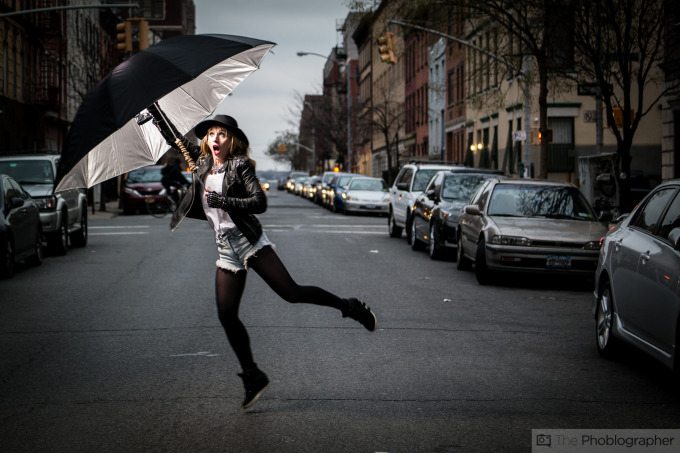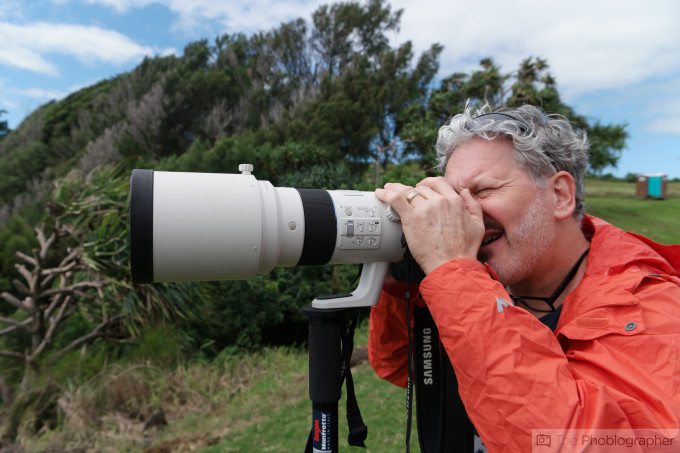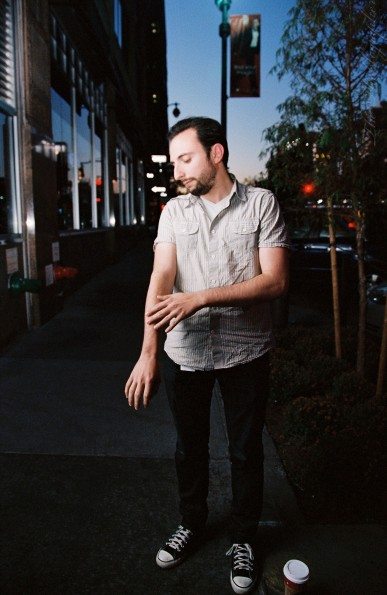
The image above is something that I created. I didn’t capture it. Bec Fordyce and I collaborated together to create the image. Yes, there’s a difference and it’s a big difference. Photographers can generally be categorized as artists–and they indeed are because the craft requires a creative skill and foresight to understand how something will look before it’s rendered on film, wet plates or on a camera sensor.
But photographers also need to have a clear distinction and self awareness of what exactly they’re doing.
So let’s break this down here: capturing an image is one concept. Capturing an image literally requires a photographer to sit or stand there and capture a moment that is happening before them. Flash may be added to the scene, but you’re still capturing it–and there is nothing at all wrong with this as a concept. The types of photographers who capture scenes are:
– Wedding photographers
– Photojournalists
– Event photographers
– Documentary photographers
– Street photographers
– Sports photographers
– Concert photographers
– Wildlife photographers
– Landscape photographers
Why are these folks capturing scenes? Because they aren’t really interacting with the subjects in many ways with the exception of wedding and event photographers in some situations. Capturing a scene doesn’t at all necessarily mean that you’re going to find a moment, snap the shutter and call it a day. For example, landscape photographers spend countless hours and days chasing just the right light and going back to the same location time and time again to get the image that they want. It can become quite tedious.
For other photographers, it’s purely about foresight or even luck. And let’s be honest here–everyone gets lucky every now and again.
On the other hand, there is the concept of creating an image requires the photographer to actively take part in its capture. If something in the scene would have not happened naturally and the photographer had a part in its rendering into an image besides just pressing the shutter, then the photographer is creating an image. Creating photographs is much more often a collaborative effort and requires you to work with others or specific parts of a scene.
Examples of types of photographers who work to manipulate scenes:
– Portrait photographers
– Music photographers (different from concert)
– Wedding photographers
– Event photographers
– Conceptual photographers
– Editorial photographers
– Commercial photographers
– Studio photographers
– Photographers who shoot long exposures
A photographer can surely be one or the other, both, or have more tendencies to one than the other. It’s just the way that creativity works.
Now why does any of this matter? Because it helps you to define the type of work that you’re doing. What you’re doing can be more creative if you’re manipulating a scene because you’re inputting your ideas into it. But on the other hand, your creativity could be with your foresight and the ability for your to predict what will happen–which is more of a skill that needs to be exercised and requires a deep understanding of what subject matter you’re shooting.
Is one more artistic than the other? It really depends on a number of factors, and should be taken on a case by case basis.
The point of all this: once you have a better sense of self awareness of what you’re actually doing, you can figure out how to acquire better skills and flex your creative muscles.



